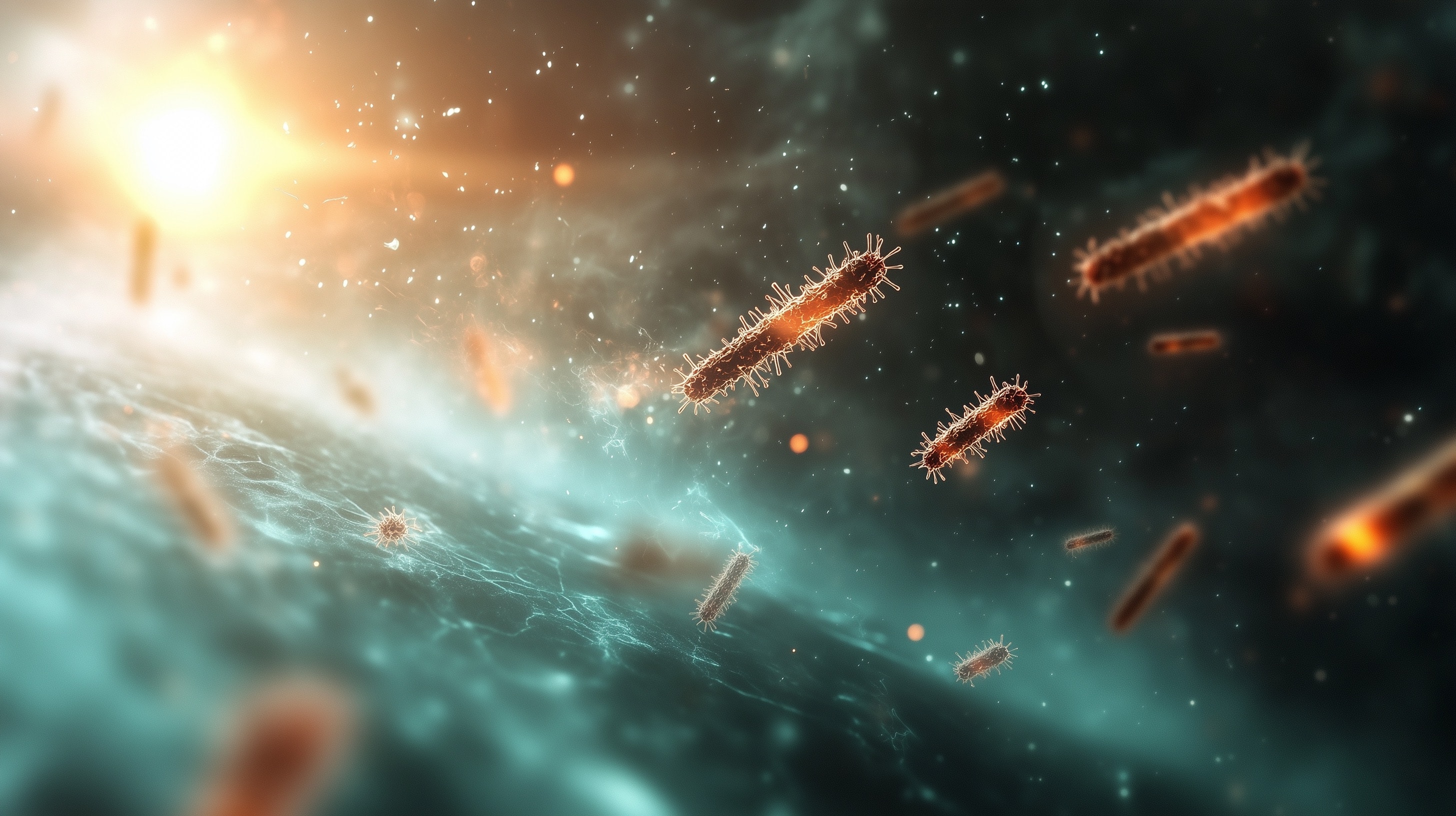Why today’s products are still being tested with yesterday’s microbiological technologies.
The supermarket aisle offers access to a wide range of food and drinks. Colourful advertising promises maximum enjoyment at unbeatably low prices. But what about safety? The consumer simply assumes that the legislator has regulated everything necessary and that food is subject to sufficient quality control. But is this really the case?
Microbiology
In addition to various chemical and sensory analyses, foods are nowadays tested for a variety of microorganisms and infectious agents. Care is taken to exclude pathogenic as well as product spoiling germs. The aim is therefore to avoid any risk to the consumer while at the same time protecting the product. There is a large number of pathogens that are regularly tested for in various foods such as sausage, meat, dairy products and many more: Salmonella, Listeria, Staphylococcus,Clostridia and mold are just a small selection of these. Particularly critical are foods given to infants, as their immune systems are not yet developed enough to deal with hostile invaders. Cronobacter in particular is feared in powdered infant milk.
So much for the theory.
But the common approach to quality control in microbiology has one major drawback: it often still uses outdated methods.
The “Gold Standard”
The “gold standard” for the detection method used is the cultivation method. In this process, microorganisms are grown on an artificial culture medium or in an artificial nutrient medium.
The detection is positive when the bacteria start to grow on these nutrient media. However, this does not detect the germs that cannot grow on the artificial nutrient media. And these are much more than thought. Nowadays, it is known that up to 99% of all bacteria are not detected by conventional methods, i.e. nutrient media. This figure may vary. For example, the proportion of unculturable bacteria in environmental samples is greater (up to 99%) than in food samples. However, it almost always represents the majority.

Deposit Photos / billiondigital – https://de.depositphotos.com/home.html
Uncultivable bacteria are not detected
This means that only the microorganisms that grow on the culture medium can be found in the food tests. For example, molds, staphylococci or salmonella. Unculturable bacteria are not detected in the testing, but may eventually multiply in the food and contaminate it.
The consumer, however, expects a microbiological quality control to detect all microorganisms relevant to him. But this is not the case. Only experts know this, however.
Molecular biological methods are more powerful
Molecular biological methods allow the detection of all bacteria, even those that cannot grow on artificial nutrient media. This is based on the fact that they do not focus on external characteristics (color, shape, etc.) or on adapted reproductive ability, but target genetic markers. There are now a variety of powerful molecular biological methods such as VIT® gene probe technology, PCR and various nucleic acid tests that can and are used in routine analysis,
However, regulatory requirements still focus on the “gold standard” of cultivation. It is therefore very difficult for modern procedures to prevail in the industry against the established procedure, especially since they are usually more expensive for the company to carry out. Why should the producer therefore modernize the procedure if the legislator does not require it? Of course, modern detection methods are already used in industry today. However, this is usually limited to “in process” control in order to detect undesirable developments in production in good time and to avoid faulty batches. The final inspection – the last test before it goes to the consumer – is usually carried out using conventional methods approved by the legislator.
Therefore, although innovative methods have existed on the market for more than two decades, they are still little used because there is simply no pressure from the legislator (continues to rely on proven methods) and consumers. However, few consumers are familiar with the details in order to form their own opinion on the matter and build up pressure.

Adobe Stock / Blue Planet Studio – https://stock.adobe.com/de/
THE CHANGE OF PERSPECTIVE
What if the “gold standard” was not cultivation but new molecular biological methods? Which can detect microorganisms regardless of their ability to grow on artificial culture media? Which simply detect all bacteria present in, say, the food sample? And suppose a new method called cultivation were to try to compete and be included in the regulations. Would it have a chance to replace the “proven” molecular biological methods? Although it covers only a fraction of the microorganisms? Probably not! Even if this method were cheaper, it would not be able to establish itself because it would detect fewer microorganisms in the products, thus making them ultimately less safe.
So, if the “cultivation” method would not stand a chance against the more specific and comprehensive molecular biological methods in a “role reversal” and could show reduced costs for the producer as the only advantage, why is it still the dominant detection method today?
What needs to change?
Microbiological quality control must change in the coming years. The legal regulations should finally be modernized and adapted to new methods. In doing so, the benefit for the consumer must be clearly placed in the foreground and proven methods must be abandoned.
The analysis of a microbiological sample must then no longer be determined by the technology used, but the aim must always be to obtain the complete microbiological picture.
The warehouse – a figurative comparison
Imagine a large, unlighted and thus dark warehouse in which a package has been placed that must be found. A candle would always illuminate only a very small part. Searching for the package placed in the warehouse would be an almost hopeless task with the dimly shining candle, since it could only illuminate a small spot at a time. However, if it were possible to suddenly illuminate the warehouse with a whole set of overhead floodlights, then the package would be found immediately.
It is the same with detection methods: The method of cultivation is the candle. Innovative and molecular detection methods are the ceiling floodlights.
When the method of cultivation was established by Robert Koch, at the end of the 19th century, rooms were actually still illuminated with candles. The latter have given way to modern lighting technologies. However, microbiological detection methods in most companies have remained at the level of candles.
It is now time to turn on the light! (JS)





